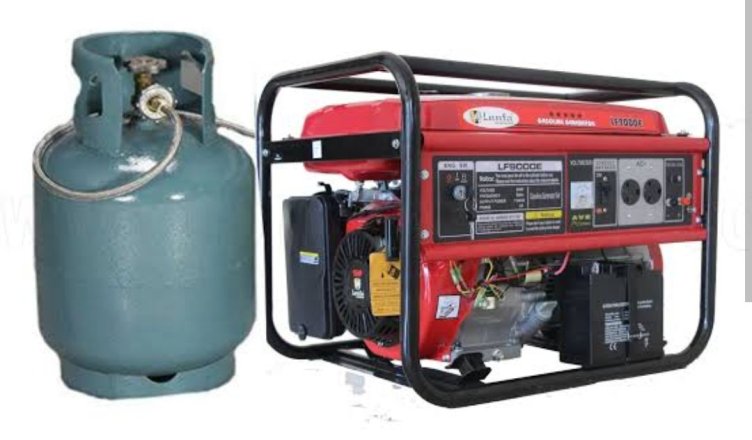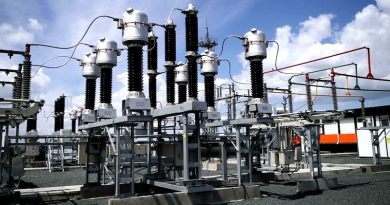COOKING GAS FOR GENERATOR: Things to know
State Correspondent
Usage of Liquefied Petroleum Gas for gasoline generator has not really been a practice among people in the world and even within Nigeria. Although, people from academic and research fields has done a lot of work and somehow find it eventful to try but the question is how safe can it be to imbibe the use of Liquefied Petroleum for gasoline generators.
Due to the raise in fuel price recently in Nigeria, which was brought about by the removal of fuel subsidy by the newly elected president, a lot of Nigerians have been seen using their gas which is meant for cooking as a source of power for their generators.
At a first glance, this invention looks welcoming and of course not costly compared to the gasoline source; but numerous questions have been raised by safety professionals like: “can this invention be termed safe for humanity and her environment?”
Below are few things to consider before you opt for Liquefied petroleum (gas) for your generator in this trying time.
Liquefied petroleum is a fuel gas which contains a flammable mixture of hydrocarbon gases, specifically propane, propylene, butylene, isobutane, and n-butane. LPG is used as a fuel gas in heating appliances, cooking equipment, and vehicles.
As experts suggests LPG as an alternative to petrol for powering generators, Ekundayo highlighted that LPG is a cleaner fuel compared to petrol, which is a fossil fuel.
Here’s few things to know before using cooking gas for your generator
1)LPG is also less efficient.
If you are running a factory or a big company, then LPG might not be the most efficient fuel source to use. Due to the low density of propane , LPG fuel might burn out faster which means you would need a handful of LPG to power a generator.
A 22-kW generator would burn approximately two gallons per hour (gph) at a 50% electrical load and 3.6 gph at full load. A larger 38- kW unit would burn three gallons of propane per hour at half-load and 5.4 gph at full load. When considering household use, the use of LPG might be an alternate option but definitely not for a company or for industrial usage.
2). Method of modification:
Most generators are designed to function with liquid fuel such as gasoline since LPG has a slightly different modifying feature and parameters, it is much likely to cause an issue which pose as danger to the health and safety of users.
3). Porosity and leakage:
Since LPG is more porous, the ability to leak and lead to more chances of leakage is high, thereby posing as danger on both humans and the environment. The need to consider the pressure to volume ratio is very important since LPG requires excellent pressure ratio to work effectively without affecting the functionalities of the generator.
4). The need for standard storage stand:
LPG requires a standard temperature to avoid obstruction of safety for humans and her environment. Unlike petroleum that can be stored at almost any temperature, LPG must be well put in a well ventilated area to ensure adequate safety. As unnecessary shifting and movement of gas can bring about combustion and may also lead to explosion if the reaction becomes more aggressive than it ought to.
Migrating from using petrol to LPG in our daily lives might seem easier and cheaper but we must also understand the need for safety in relation to saving costs. The need for experts who can retrofit the gas into the standard need is also very important. Retrofitting gasoline into Liquefied Petroleum Gas requires expertise testing and experimentation before a high volume of individual can venture into using it. The need for rework of generator features to adjust into Liquefied petroleum gas usage should also be considered.
(Gbetu TV)




